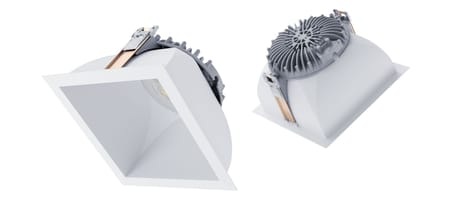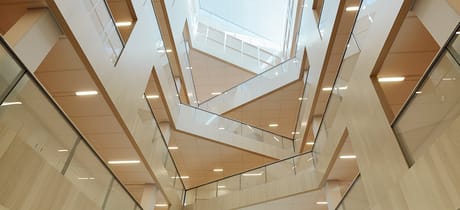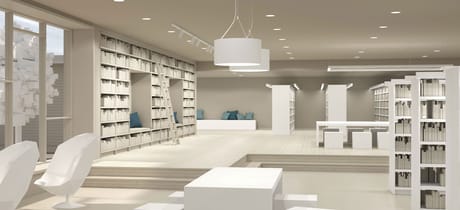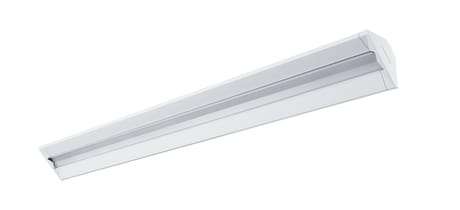Corridors and open spaces
Corridors are not just connecting areas, they can also be feature or destination areas throughout the school. A good communication area is intended to facilitate movement, the flow of people and to provide structure in the building.
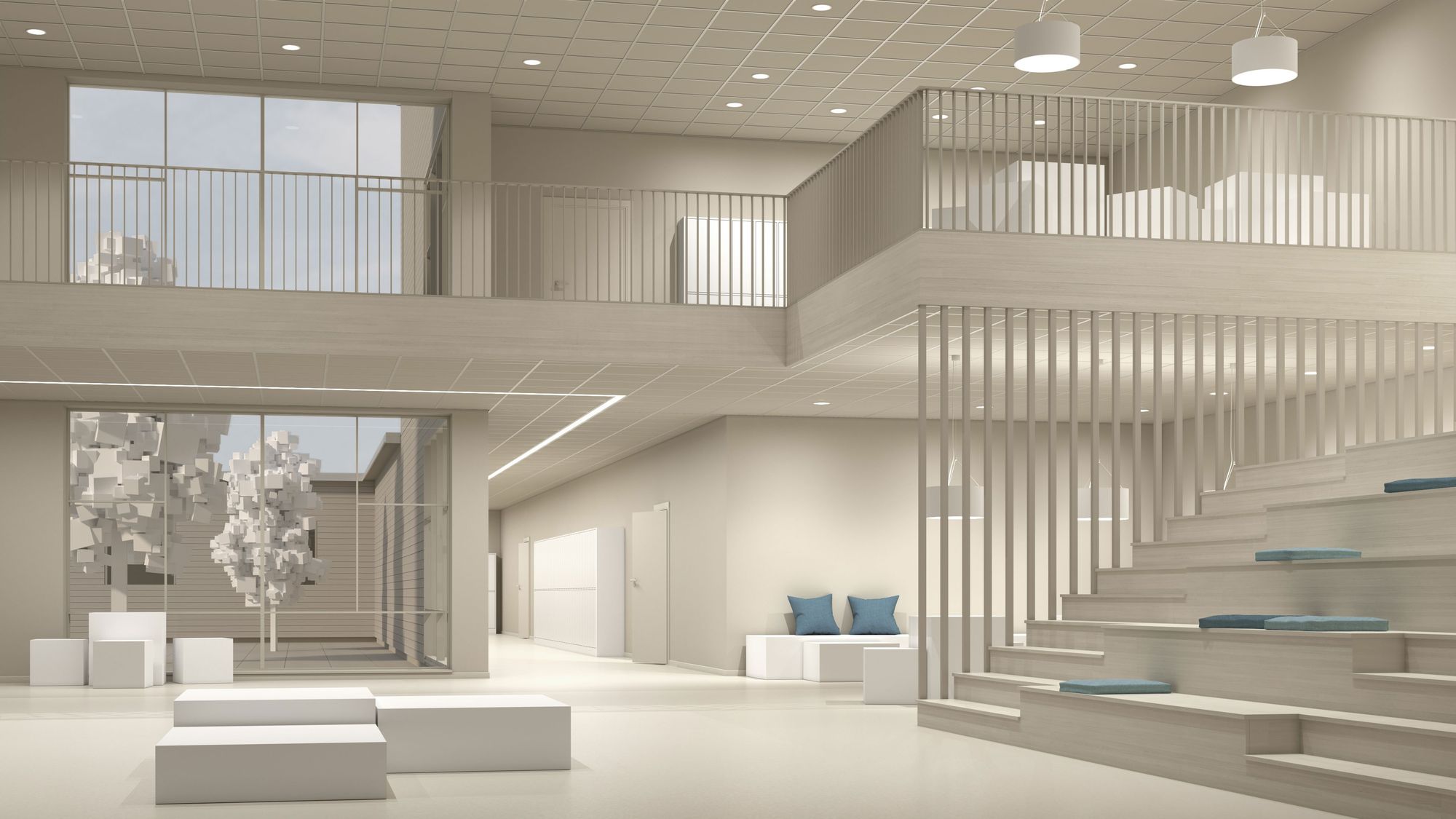
Spaces for movement and flows
There are many different kinds of corridors: open communication areas, gathering places, or a more traditional corridor, perhaps equipped with lockers or bulletin boards. Here lighting can play a major role in clarifying the different functions of a facility. The following describes how the different spaces can be effectively illuminated.
Open communication areas
If an open communication area is to be used effectively – for example for assemblies – the lighting requirements will change. Recessed luminaires provide comfortable and subdued light, and a combination of suspended luminaires increases the variation in the light environment and contributes to spatiality. Add wallwashers along the walls to create the right ambient lighting. We recommend 200 lx to improve good visual communication in public areas and gathering spaces for students and staff.
Traditional corridors
In tight spaces, such as corridors, lighting is required that does not produce glare or shine into adjacent rooms. Recessed linear luminaires help to signal direction and to control flows in corridors. We recommend lighting with 100-200 lx in traditional corridors. Vertical lighting for lockers and bulletin boards should also be taken into account.
Lighting control for corridors and open spaces
For these types of areas, we recommend the control system Organic Response. We have equipped each luminaire with a sensor that detects presence and absence, with wireless communication between the luminaires. This is so that we can optimise lighting from a security perspective.
